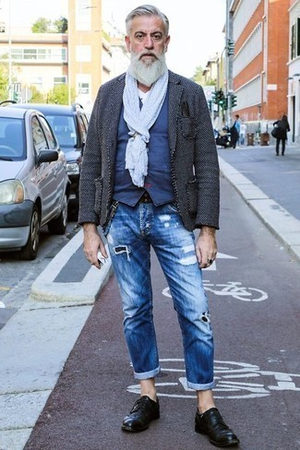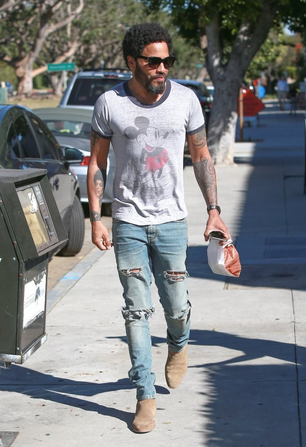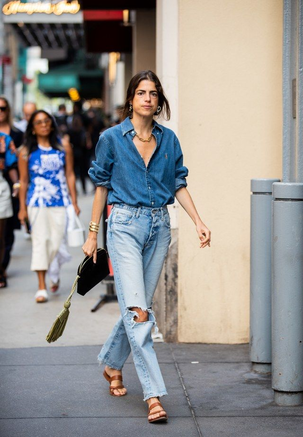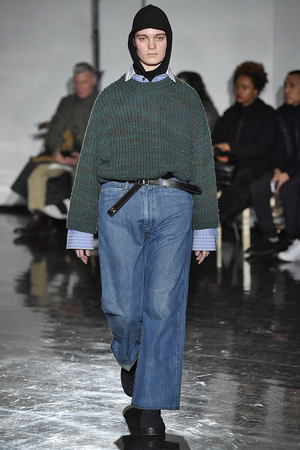Background and evolution
In 2000 John Galliano had it's Dior show inspired by the homeless people he saw in the streets. He said to appreciate their creativity and the show would be an homage to these people.
Later there was Vivienne Westwood's 2010 fall collection in which models wore makeup making them look frostbitten and carried plastic bags on the runway. More recently there is Public School's fall 2016 line with ripped jeans, oversized and distressed hooded sweaters. And also in 2017, high-end brands like Gucci and Louis Vuitton debuted items that used homelessness as visual inspiration. Kanye West does a similar thing, making baggy, worn looking and expensive clothing for his brand.
The trend is compared to cultural appropriation. These designers are using these people living without basic necessities as inspiration and for stylishness. These priviledged people are not willing to or able to look at the homeless and their situation and think about the social ecenomical problem they seeing. They view it through their own lense and ignore the rest.
Side trend: Subversive maximalism, 2022
The trend, an extreme version of subversive fashion, is also refered to as 'homeless core'. The idea is that people are looking at their clothing in a new perspective. It is finding new ways of wearing clothing, but also using other materials or objects as clothing. It seems to take inspiration from brands such as Mugler and their ways of using mesh and cutting up clothing pieces. The trend, that was born on TikTok is said to be sustainable as it uses already existing pieces and objects.
https://www.shiftlondon.org/fashion/subversive-maximalism-2022s-latest-trend/
Discourse
Fashion’s appropriation of homelessness
- promotes debasing stereotypes
- strips symbols of their meaning
- exploits real people’s suffering for profit.
Some people argue that this style movement empowers the homeless by incorporating their authentic lived experiences into high fashion.
Using serious issues for artistic expression is nothing new. It could be compared to glamorizing things like mental hospitals or prisons via fashion.







